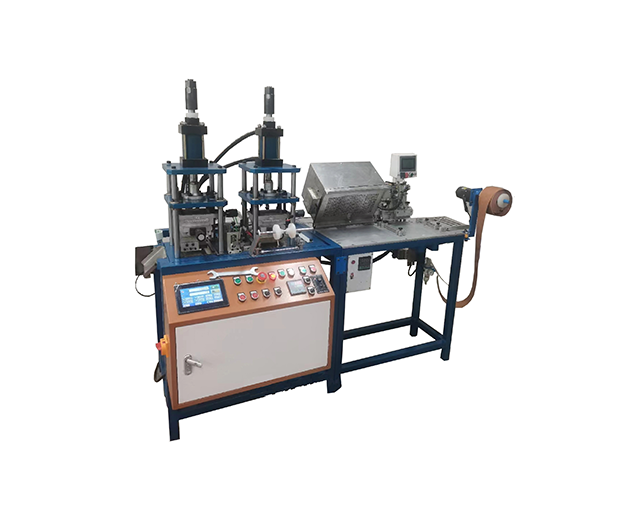Time:2025-06-11 Views:1 source:News

In the leather - processing industry, controlling the cost of artificial leather embossing using leather embossing machines is crucial for maintaining profitability and competitiveness. The cost of artificial leather embossing encompasses multiple aspects, including raw material costs, machine operation costs, labor costs, and maintenance expenses. Understanding and optimizing each of these components is essential for effective cost control.
Raw material costs are a significant part of the overall expenditure. Artificial leather, such as polyurethane (PU) and polyvinyl chloride (PVC) leather, varies in price depending on quality, thickness, and production scale. To reduce costs, manufacturers can establish long - term partnerships with reliable suppliers to negotiate better prices. Buying raw materials in bulk can also lead to substantial savings due to volume discounts. Additionally, exploring alternative raw materials that offer similar performance at a lower cost without sacrificing product quality is another viable strategy. For example, some manufacturers are researching new types of synthetic polymers that can mimic the appearance and texture of traditional leather at a reduced cost.
Machine operation costs mainly involve energy consumption. Leather embossing machines, especially those with high - power heating and pressure - applying systems, consume a large amount of electricity. To minimize energy costs, upgrading to more energy - efficient models or retrofitting existing machines with energy - saving components can be effective. Installing variable - frequency drives (VFDs) to control the motor speed according to the actual processing requirements can reduce unnecessary energy waste. Moreover, optimizing the production schedule to run the embossing machines at full capacity during off - peak electricity hours can further lower energy expenses.
Labor costs are also a factor to consider. Training workers to operate the leather embossing machines efficiently can improve productivity and reduce labor - related costs. Well - trained operators can minimize errors, such as improper embossing patterns or damaged leather, which would otherwise lead to material waste and rework. Implementing automation and semi - automation technologies can also reduce the reliance on manual labor. For instance, using robotic arms to load and unload leather materials can increase production speed and consistency while reducing the need for a large workforce.
Maintenance costs for leather embossing machines are necessary to ensure their long - term stable operation. Regular preventive maintenance, including lubrication, calibration, and replacement of worn - out parts, can extend the lifespan of the machines and prevent costly breakdowns. Developing a comprehensive maintenance plan and keeping detailed records of maintenance activities can help in predicting and controlling maintenance expenses. By proactively managing maintenance, manufacturers can avoid unexpected downtime, which can result in significant losses in production capacity and revenue.
Read recommendations:
High frequency radio frequency foil stamping embossing machine
Toothbrush Blister Packaging Equipment Hf high frequency Welding Machine PVC Clamshell Packing
Automatic plastic blister tray Thermo Forming and Cutting Machine
Pure Cotton Fabric Ultrasonic Embossing Machine
HF cutting machine.The characteristics of hot melt adhesive coating machine
Complete control over products allows us to ensure our customers receive the best qualityprices and service. We take great pride in everything that we do in our factory.
